| CLICK HERE FOR INDEX PAGE |
| |
| REFUSE - REAL LIFE EXAMPLES |
V.Ryan © 2021 |
| |
| PDF FILE - CLICK HERE FOR PRINTABLE WORKSHEET |
| |
| PowerPoint version - CLICK HERE FOR PRINTABLE WORKSHEET |
| |
| |
As we all become aware of the need to protect the environment, more and more people are practising ‘refuse’. This is where people refuse to buy products that are harmful to the environment or refuse to buy products that have excess packaging, that is often non-recyclable.
Many of us rush to purchase a product, without thinking carefully about our needs. Before we buy, we all need to ask the question, ‘do I really need this product ?’. Advertising is a major influence on the way we spend our money, but there are times, when we all need stand back from a purchase and take time to think, whether buying is the answer. |
| |
| REFUSE - SINGLE USE PRODUCTS |
| |
| Refuse to buy or use single use products. This includes disposable plastic cups, cutlery, straws and plastic bags, which pollute the environment around us and even the oceans . Refuse to buy products that contain materials or ingredients, that are damaging to the environment. |
|
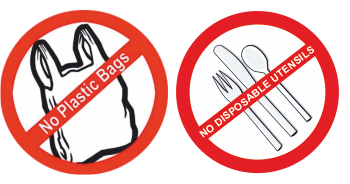 |
| |
|
|
| |
| REFUSE CAMPAIGN - MICROBEADS |
| |
| A recent campaign against products that contain microbeads (plastic beads - dangerous to animals and sea life), found in some shower gels and makeup, was highly successful. This was due to supermarket customers, ‘refusing’ to buy products that contained microbeads. It lead to a quick change in the ingredients to many of these products, to environmentally friendly replacements, such as ‘salt scrubs’, a natural alternative. The UK Governement supported a ban on microbeads in 2016, because of public pressure. |
| |
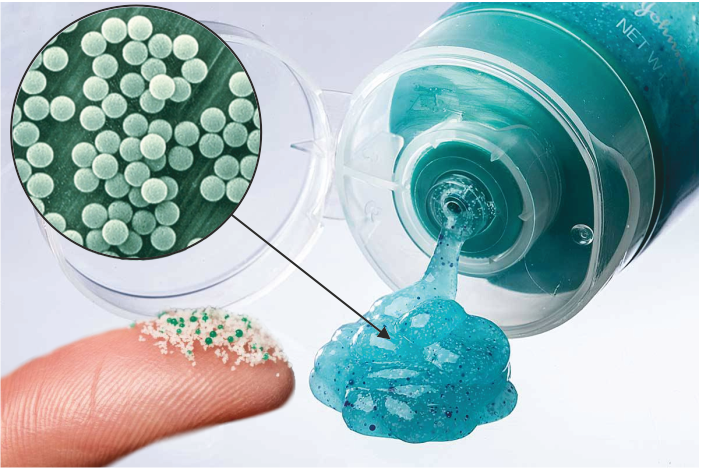 |
| |
|
|
| |
| REFUSE PRODUCTS THAT ARE NOT ENVIRONMENTALLY CERTIFIED |
| |
| Refuse products that are not certified as sustainable. One example of this type of certification is the ‘Ecolable’ scheme, managed by the European Union (see symbol opposite). It was established in 1992 and aims to promote products and services, that are environmentally friendly. Companies and businesses that use this symbol / label, have shown consistently, that they sell products and services, that conserve the environment. For instance, a company that has reduced its carbon footprint, can apply to use the ecolabel. A company that uses recycled materials in the manufacture of its products or encourages recycling, can also apply to use the symbol |
|
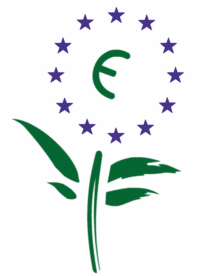 |
| |
| FSC - The forest Stewardship Council promotes the responsible management of forests, called ‘sustainable forestry’. Any packaging with the FSC logo, has been manufactured with conservation and the environment in mind. |
|
The Programme for the Endorsement of Forest Certification (PEFC), promotes sustainable forestry. Its logo can be applied to wood products, that have been produced from certified sustainable forests. |
| |
|
|
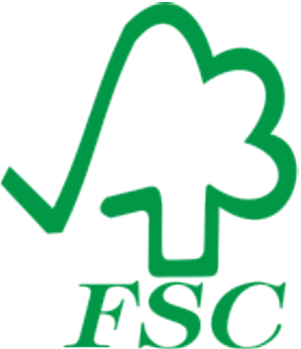 |
|
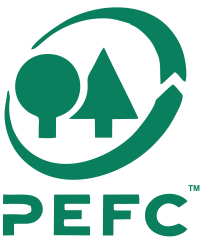 |
| |
|
|
| |
| Refuse products that cannot be recycled 100%. |
|
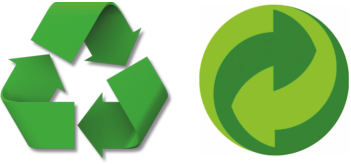 |
| |
|
|
| |
| CLICK HERE FOR PRODUCT DESIGN INDEX PAGE |
| |
|
| |
|





